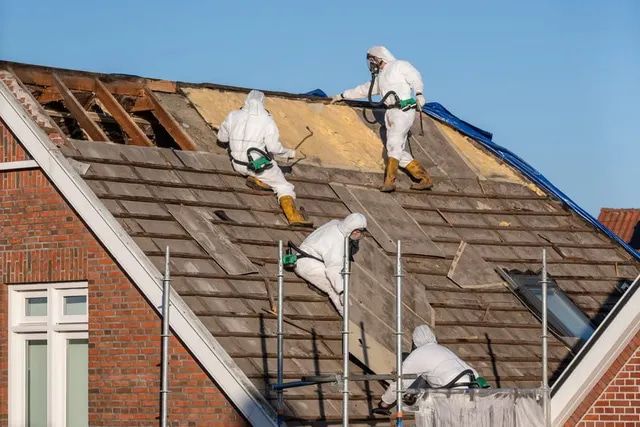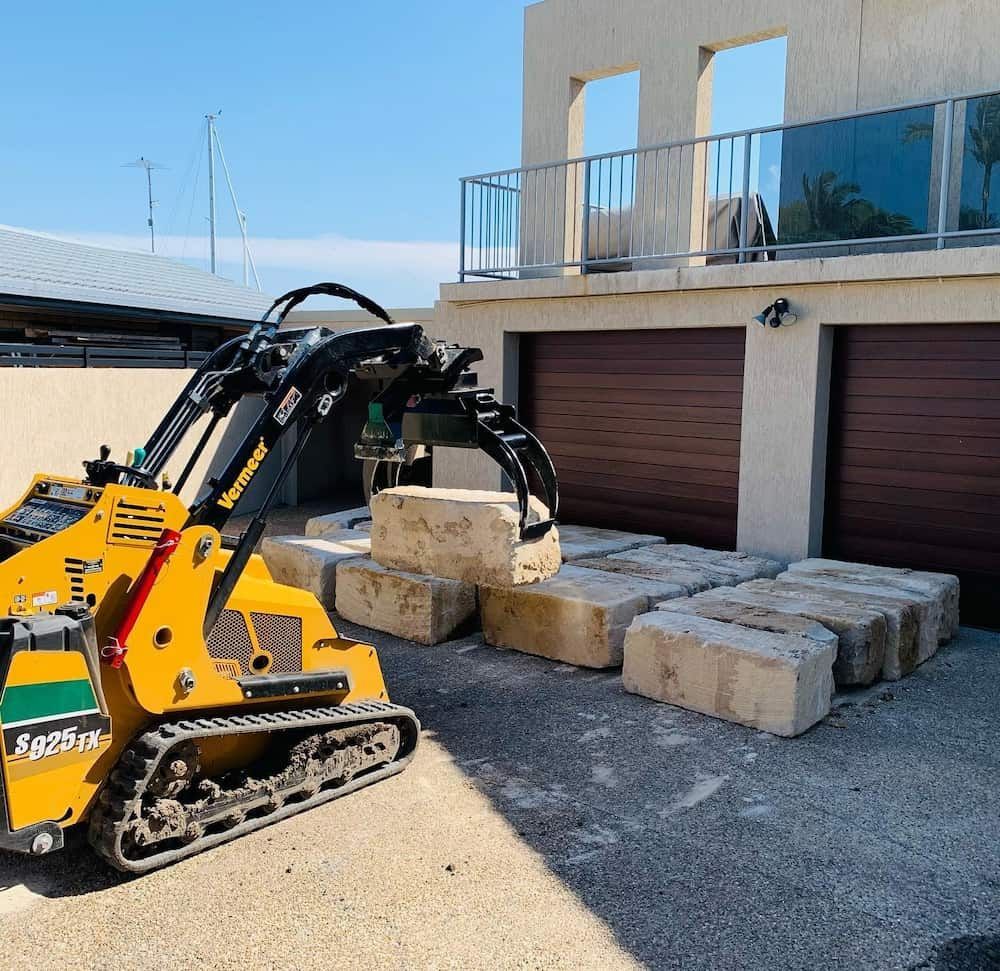The Hidden Danger: Why Every Coastal Home Needs an Asbestos Check
The Hidden Danger: Why Every Coastal Home Needs an Asbestos Check

Coastal living is a dream for many people. The sea breeze, stunning views and laidback lifestyle are all part of the appeal. Whether you’re renovating a weatherboard classic, managing a holiday rental, or investing in property close to the surf, beachside homes capture this lifestyle perfectly. But beneath the beauty, older homes may contain something far less inviting: asbestos.
In many pre-1990s constructions, asbestos was used widely for its fire resistance and durability. However, when disturbed, it becomes highly dangerous. Older coastal homes—especially those exposed to harsh weather and built using legacy materials—are particularly susceptible. Whether you’re a homeowner, property investor or managing agent, here’s why asbestos checks should be at the top of your priority list.
The Allure of Coastal Living Masks Hidden Structural Risks
There’s no denying the charm of older beachside homes. Timber bungalows, fibro cottages, and retro brick builds offer character and nostalgic appeal. However, their age and material composition may cause serious safety concerns.
• Homes built before 1990 often used asbestos in roofing, insulation, walls and even fencing
• Salt-laden air and coastal moisture degrade these materials over time, increasing the chance of asbestos fibres becoming airborne
• Renovations and extensions are sometimes carried out without prior asbestos checks
A home that looks pristine on the surface may still conceal asbestos in structural elements, posing a health risk if disturbed.
Why Ageing Beachside Properties Are Prime Asbestos Hotspots
Houses in coastal areas endure constant exposure to the elements. Over the decades, this has taken a toll on any structure, especially those built with materials that break down under salt, heat, and humidity.
Common Building Materials That May Contain Asbestos
• Corrugated fibro cement sheeting used in roofs and walls
• Backing boards for tiles in bathrooms and kitchens
• Eaves, guttering and external cladding
Effects of Coastal Exposure
• Corrosion and weathering loosen materials, allowing asbestos fibres to break free
• High winds and frequent storms exacerbate wear and tear
• Temperature swings can crack or fracture asbestos sheets
These factors create a perfect storm in which dangerous particles may be released into the air without warning.
Not All Asbestos Is Obvious: Where It Might Be Hiding in Your Home
Asbestos isn’t always in plain sight. It was included in hundreds of building materials, many of which remain intact and hidden in otherwise well-maintained homes.
• Insulation in ceiling cavities
• Underlay beneath floor coverings
• Fencing panels and garden shed linings
• Ventilation flues and downpipes
Professional inspectors use sampling and testing to confirm the presence of asbestos. What appears harmless sheeting may pose a significant health risk once disturbed during renovation or repair.
Disturbing Asbestos During Renovations Can Be Catastrophic
Many homeowners undertake renovations without knowing what lies beneath. Drilling, sanding or demolishing even a small section of asbestos-containing material can release thousands of invisible fibres into the air.
• Removing old tiles can disturb asbestos tile glue or backing
• Sanding walls for painting may disrupt the sheeting
• Replacing kitchen cabinetry may expose wall or ceiling panels containing asbestos
These actions unknowingly expose workers and residents to dangerous particles, especially if proper containment and safety procedures are not followed.
The Legal Responsibility of Landlords, Agents & Property Managers
If you’re managing or leasing a property, asbestos safety isn’t optional—it’s a legal obligation. Under Australian WHS laws, rental properties must be maintained safely, including identifying and managing asbestos risks.
Residential Rental Obligations
• Landlords must ensure their properties are free from health hazards, including airborne asbestos
• Licensed professionals must carry out any work involving asbestos
Risk Disclosure Requirements
• Tenants and contractors must be informed if asbestos is present
• Asbestos registers and management plans are essential for multi-dwelling or strata buildings
Failure to comply can result in significant legal penalties and liability in the event of exposure or health impacts.
Health Risks Aren’t Immediate – But They’re Life-Altering
One of the most dangerous aspects of asbestos is that symptoms may not appear for decades. By the time a diagnosis is made, conditions are often advanced and treatment options are limited.
• Asbestosis – a chronic lung condition caused by inhaling asbestos fibres
• Mesothelioma – a rare and aggressive cancer linked exclusively to asbestos exposure
• Lung Cancer – increased risk for those exposed, especially when combined with smoking
Because these diseases develop slowly, early asbestos detection is the only way to prevent long-term health effects.
Pre-Purchase Inspections: What Buyers & Investors Must Know
Buying a beachside fixer-upper or older home in the Northern Rivers? You’ll want more than a pest and building report. Before committing to any coastal property built before 1990, an asbestos inspection is vital.
• Professional asbestos reports identify all affected areas and levels of risk
• Testing includes laboratory analysis of suspected materials
• Reports outline recommendations for removal, management or encapsulation
Knowing the asbestos status is critical for property investors when budgeting for upgrades or tenant safety compliance.
Only Licensed Experts Should Handle Asbestos Removal
When asbestos is found, it must be addressed safely, legally and professionally. Removal must always be performed by licensed asbestos removalists using protective equipment, containment systems and approved disposal methods.
Why DIY Is Dangerous
• Homeowners are not permitted to remove friable asbestos
• Inadequate handling spreads fibres into the air and onto surfaces
• Illegal dumping risks health and results in steep fines
What Professionals Do Differently
• Identify all affected areas through testing
• Use negative air pressure systems to contain fibres
• Dispose of materials in EPA-approved facilities
Trained asbestos removalists ensure your home remains safe and compliant while protecting your family and the broader community.
Book Safe & Licensed Asbestos Removal in Northern Rivers Today
At Lifestyle Demolition, we understand the unique challenges coastal homes face regarding legacy building materials like asbestos. Our team provides safe and licensed asbestos removal in Northern Rivers, tailored to homeowners and property managers. Don’t take unnecessary risks—get in touch via our contact page or give us a call to book an asbestos inspection or removal service today.







